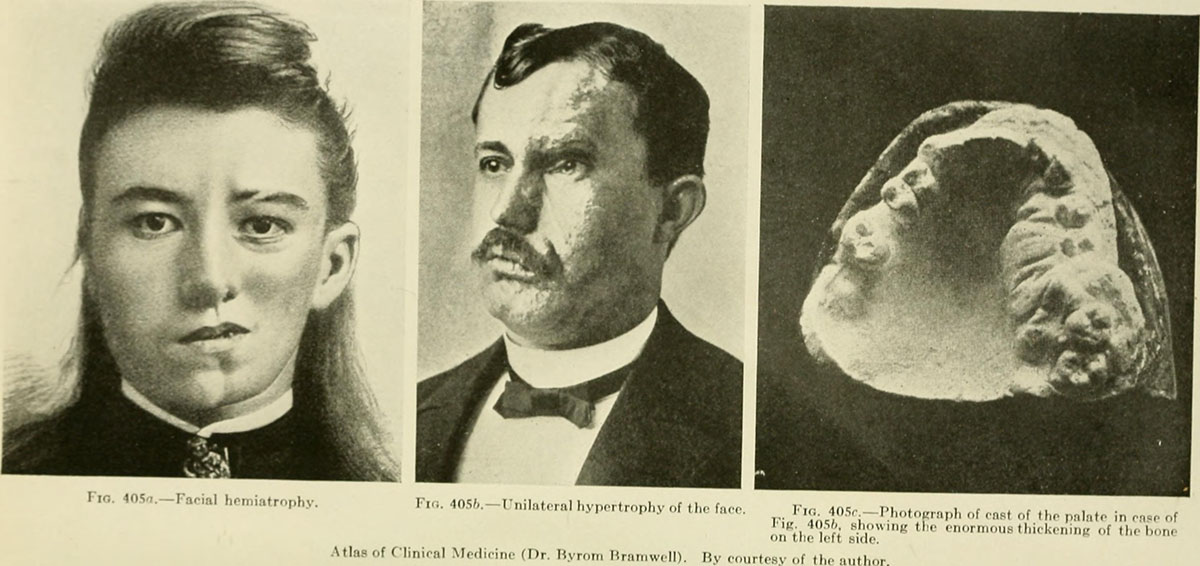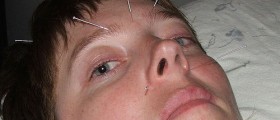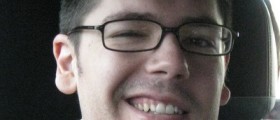
Bell's palsy is not so common illness. It features with partial or total paralysis of the muscles on one side of the face. In severe cases the person has serious difficulties regarding control over the muscles of the forehead, eyes and mouth.
The condition may affect people of all ages. However, it is more frequent among adults than among children. The problems associated with Bell's palsy originate from weakness of the muscles innervated by the facial nerve. Since there is no proper control over these muscles they are weak and cannot function adequately. The illness usually develops within a few days and it can also fully develop suddenly so that a person may feel he/ she is suffering from a stroke.
Even though the condition may be very frightening it can withdraw spontaneously or with treatment and is curable. Unfortunately, there are cases of permanent damage to the facial nerve and long-term sequelae.Causes of Bell's Palsy
Many doctors believe that Bell's palsy may develop due to irritation of the facial nerve of any kind. The cause in many cases stays unidentified. Still, in majority of patients the condition is caused by viral infection (herpes simplex virus etc.). Apart from the previously mentioned there are several possible causes of Bell's palsy and they include injury to the facial nerve, diabetes and ear infections.
It is estimated that each year around 40,000 people in the United States develop Bell's palsy.
Clinical Characteristics of Bell's Palsy
The symptoms and signs of Bell's palsy develop either rapidly and all of a sudden or it takes a few days for them to fully develop. Some of the most characteristic features of Bell's palsy include twitching, weakness or stiffness on one side of the face, droopiness of one half of the face (particularly visible at the corners of the mouth), trouble closing one eye, difficulty speaking and swallowing, loss of taste at the affected part of the tongue, changes in production of saliva and tears, headache and pain behind or in front of the ear.
Diagnosis and Treatment for Bell's Palsy
Bell's palsy is commonly diagnosed after thorough physical and neurological examination of the patients and thanks to patient's medical history. Still, to exclude other potential causes of facial paralysis doctors commonly perform CT scan or MRI of the head. Additional help is obtained from EMG (electromyography).
Since Bell's palsy usually withdraws on its own the treatment is generally symptomatic. It is essential to administer medications that help in reduction of inflammation and swelling of the nerve. Only in case the symptoms and signs of the paralysis linger patients may undergo surgical procedure. Physical therapy is one more treatment modality for Bell's palsy. Facial exercises can restore lost control over muscles and help patients to fully recover.
















Your thoughts on this
Loading...